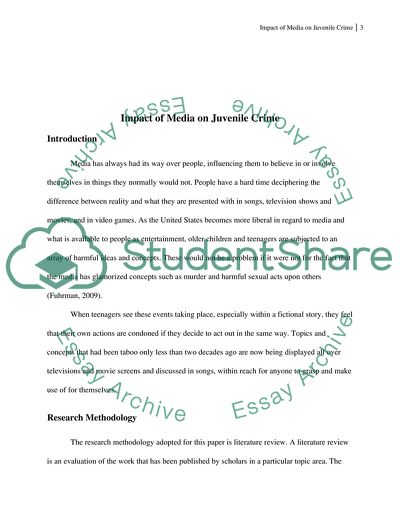Cite this document
(“Impact of Media on Juvenile Crime Research Paper”, n.d.)
Impact of Media on Juvenile Crime Research Paper. Retrieved from https://studentshare.org/media/1734687-the-impact-of-the-media-on-juvenile-crime
Impact of Media on Juvenile Crime Research Paper. Retrieved from https://studentshare.org/media/1734687-the-impact-of-the-media-on-juvenile-crime
(Impact of Media on Juvenile Crime Research Paper)
Impact of Media on Juvenile Crime Research Paper. https://studentshare.org/media/1734687-the-impact-of-the-media-on-juvenile-crime.
Impact of Media on Juvenile Crime Research Paper. https://studentshare.org/media/1734687-the-impact-of-the-media-on-juvenile-crime.
“Impact of Media on Juvenile Crime Research Paper”, n.d. https://studentshare.org/media/1734687-the-impact-of-the-media-on-juvenile-crime.


